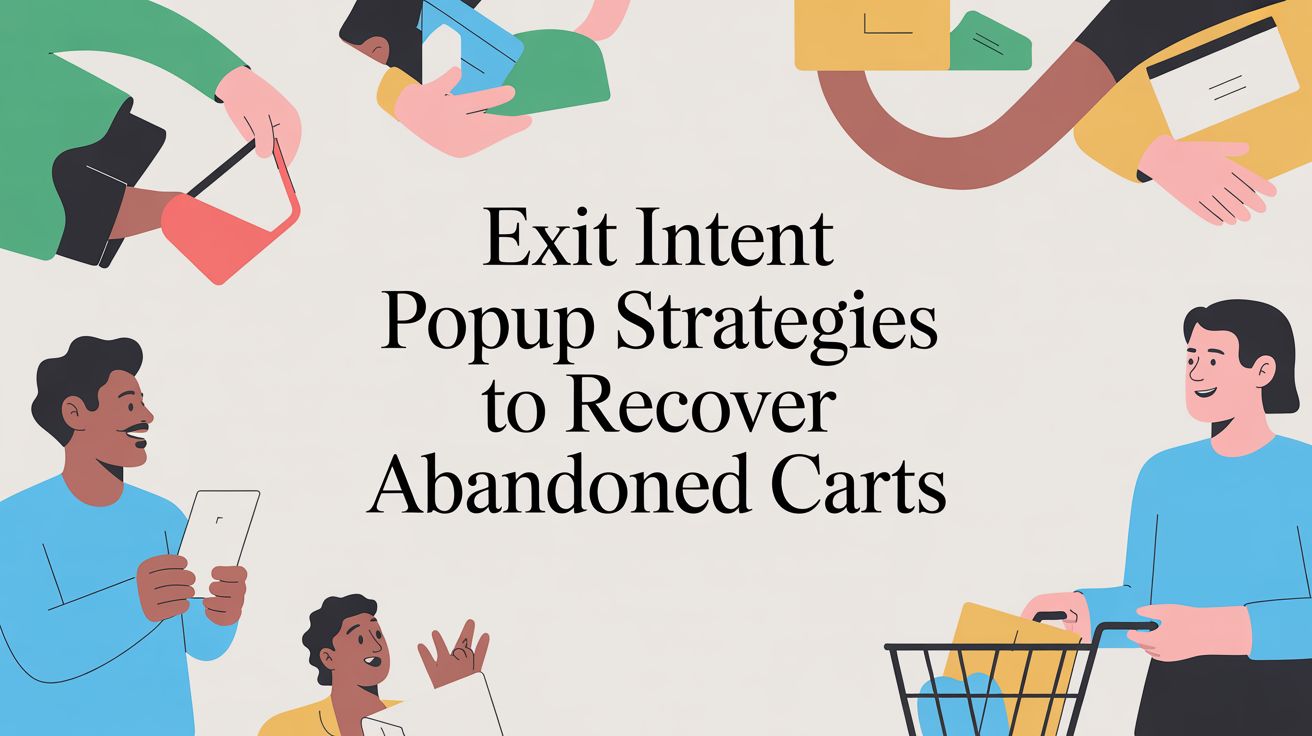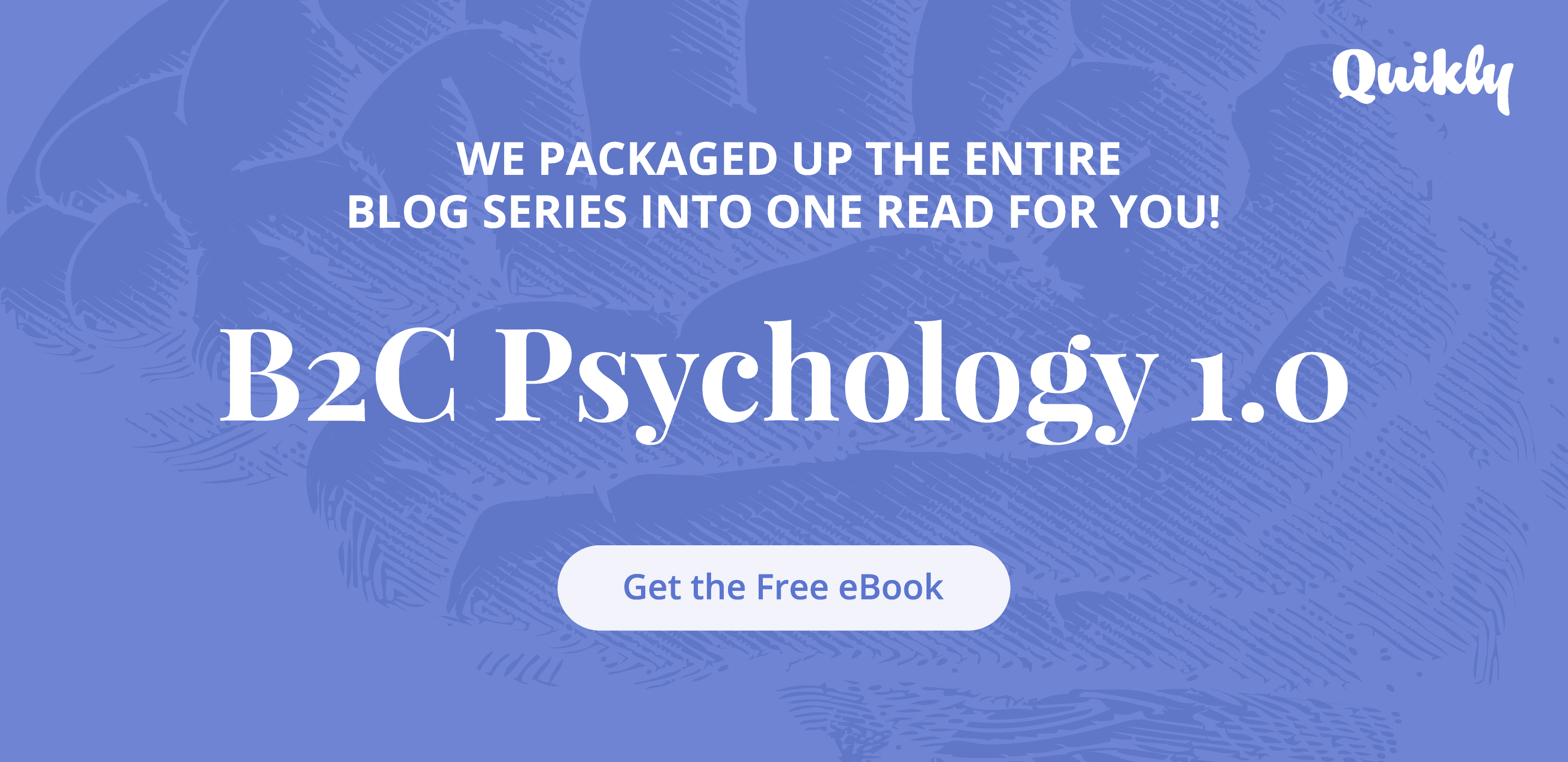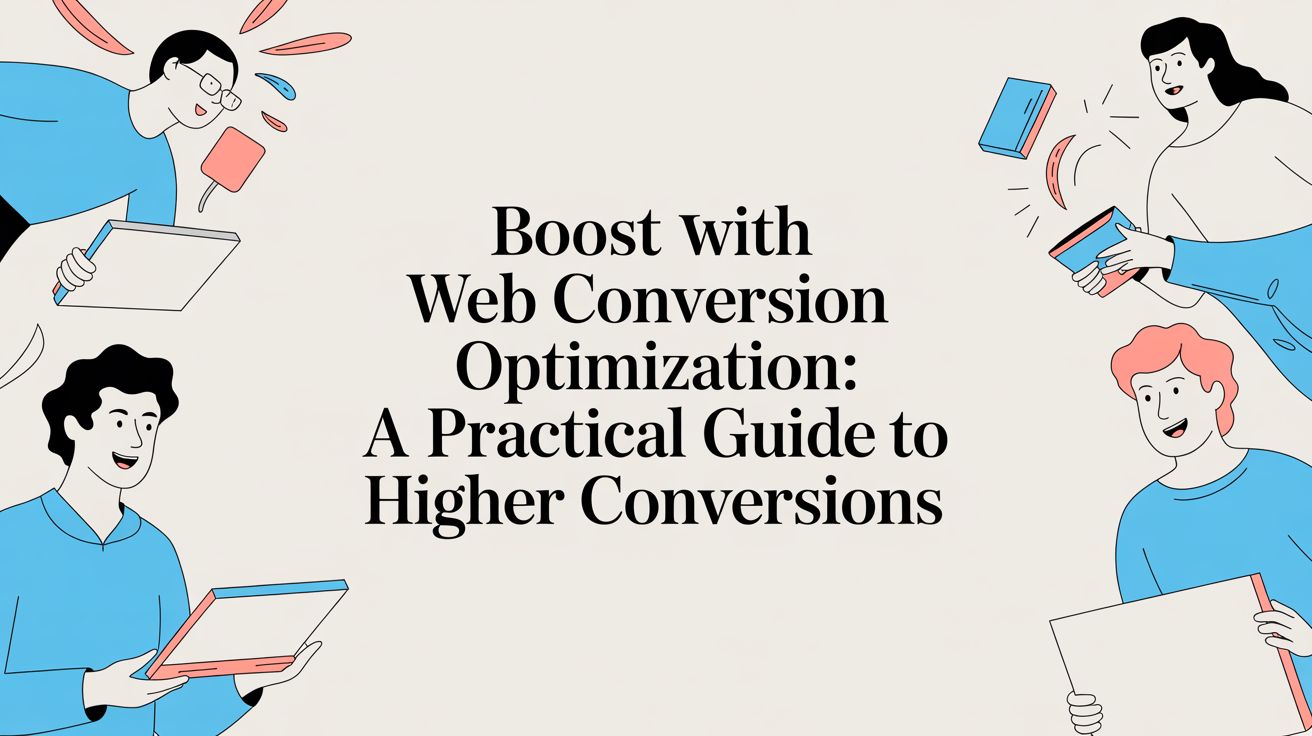
How can marketers leverage consumer psychology to cut through the noise?

This post is the first in a series called "B2C Psychology 1.0."
.jpg?width=300&name=Dante_Pirouz1%20(1).jpg) Dante Pirouz spent years working for an internationally acclaimed advertising agency on Madison Avenue in New York City with large brands, like Johnson & Johnson. Eventually, she was tasked with marketing cigarettes at a time corporations that profited off tobacco products were heavily protested. This got her thinking about the ethical questions surrounding marketing and if there was a better way of advertising that could benefit both companies and consumers.
Dante Pirouz spent years working for an internationally acclaimed advertising agency on Madison Avenue in New York City with large brands, like Johnson & Johnson. Eventually, she was tasked with marketing cigarettes at a time corporations that profited off tobacco products were heavily protested. This got her thinking about the ethical questions surrounding marketing and if there was a better way of advertising that could benefit both companies and consumers.
As she advanced in her career, these questions lingered. It became the driving force behind her decision to become a consumer psychologist. After earning a Ph.D., she now teaches students at Michigan State University’s Eli Broad College of Business.
This post is part of a series called "B2C Psychology 1.0," exploring how the perception of marketing tactics like scarcity, competition and social proof are effective, featuring Consumer Psychologist Dante Pirouz.
In a world where there are so many ways to engage with consumers, it can seem more difficult now than ever before for marketers to cut through the noise. That’s why we tapped into Pirouz’s knowledge on the topic.
But first, let’s talk about the noise.
In a single minute on the Internet, Visual Capitalist reports there are 188 million emails sent, 3.8 million Google searches queried, 4.5 million YouTube videos viewed, and 1 million people logging into Facebook.
Due to the digital landscape, there are around 7,000 marketing technology solutions in 2019, according to the Chief Marketing Technologist Blog by Scott Brinker.
Despite the efforts to engage consumers with content, Pirouz said the human brain excels at blocking out superfluous information that isn’t immediately relevant. And younger people tend to be especially good at ignoring information they don’t necessarily need.
Since consumers are constantly bombarded by brands, she believes the effectiveness of advertising has decreased over time.
So how can marketers cut through the noise and grab a consumer’s attention?
One option is by humanizing their brand, or co-creating a more human experience between brands and consumers.
Pirouz brought up how Apple humanizes its products with personalization features and seamlessness. Because of this, the company has created super fans that evangelize its brand, referring others to use Apple too.
“When we invite a brand or product into our lives, we actually have a relationship that starts to mimic a lot of the characteristics of a personal relationship,” she said.
These brands and products become an extension of a consumer’s self identity. If a person loves the brand, that means it has become an integral part of self. When marketers work to help consumers lead better lives and reach personal goals, they’re able to co-create a climate that is beneficial for the buyer and their loyalty to the brand.
Fostering a deep authentic relationship on an individual level with customers is what Pirouz thinks companies should be doing to better serve their customers.
“There’s a lot of great marketing leaders saying, ‘Hey, we’re here as a reflection of you,’ ” she said. “‘Whatever matters to you in your life, we’re here to make that better.’”
Humanizing a brand is just one tactic marketers can use to cut through the noise. Alongside this tactic, Pirouz has spent her career trying to understand why people buy the things they do and the many other ways consumer psychology’s use in marketing can benefit both brands and buyers.
B2C Psychology 1.0 will address even more with her, covering key consumer motivators like scarcity, competition and social proof.

Andrea Gonzales-Paul is a brand journalist at Quikly. Her background is in storytelling, specifically working in TV news and documentary filmmaking.

